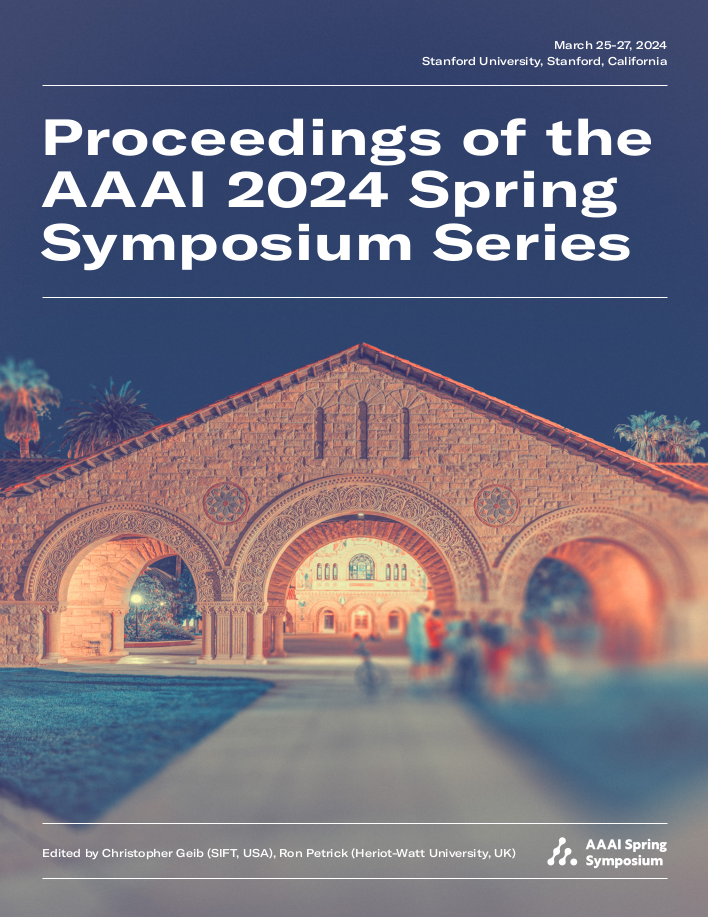Framework for Federated Learning and Edge Deployment of Real-Time Reinforcement Learning Decision Engine on Software Defined Radio
DOI:
https://doi.org/10.1609/aaaiss.v3i1.31218Keywords:
ML: Distributed Machine Learning & Federated Learning, Collaborative Learning, Learning On The EdgeAbstract
Machine learning promises to empower dynamic resource allocation requirements of Next Generation (NextG) wireless networks including 6G and tactical networks. Recently, we have seen the impact machine learning can make on various aspects of wireless networks. Yet, in most cases, the progress has been limited to simulations and/or relies on large processing units to run the decision engines as opposed to deploying it on the radio at the edge. While relying on simulations for rapid and efficient training of deep reinforcement learning (DRL) may be necessary, it is key to mitigate the sim-real gap while trying to improve the generalization capability. To mitigate these challenges, we developed the Marconi-Rosenblatt Framework for Intelligent Networks (MR-iNet Gym), an open-source architecture designed for accelerating the deployment of novel DRL for NextG wireless networks. To demonstrate its impact, we tackled the problem of distributed frequency and power allocation while emphasizing the generalization capability of DRL decision engine. The end-to-end solution was implemented on the GPU-embedded software-defined radio and validated using over-the-air evaluation. To the best of our knowledge, these were the first instances that established the feasibility of deploying DRL for optimized distributed resource allocation for next-generation of GPU-embedded radios.Downloads
Published
2024-05-20
Issue
Section
Federated Learning on the Edge

